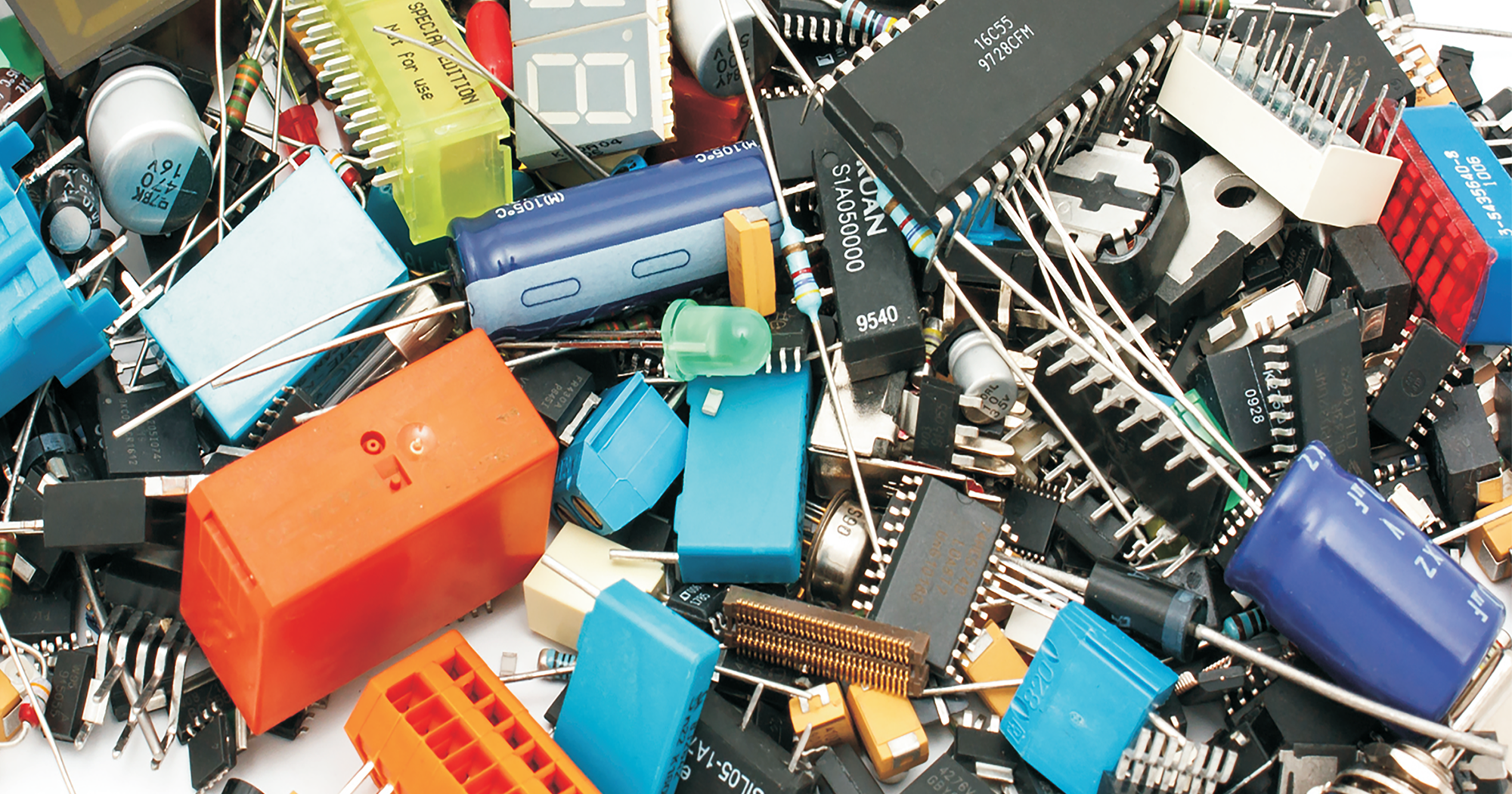How to Choose the Right Number of Lines in Common Mode Chokes?
Common mode chokes (CMCs) are essential in modern electronics for suppressing electromagnetic interference (EMI). Whether you're a procurement professional, engineer, or an electronics enthusiast, understanding how to select the right number of lines in a common mode choke is vital for optimizing performance and cost. Let’s dive into the topic with clarity and practical insights.
What Are Common Mode Chokes?
Common mode chokes are passive components designed to filter common mode noise in power and signal lines. They consist of coils wound around a magnetic core, and their main purpose is to block high-frequency noise while allowing desired signals or power to pass through. The number of lines in a CMC refers to the number of wires or conductors that the choke is designed to accommodate.
Types of Lines in Common Mode Chokes
There are typically three main types of lines in CMCs:
Single-Line Chokes: These are designed for one conductor and are often used in applications with a single signal or power line. They’re simple, cost-effective, and compact.
Dual-Line Chokes: These are the most common type and are used in applications with paired conductors, such as differential signal lines (e.g., USB, Ethernet, or audio).
Multi-Line Chokes: These can accommodate three or more conductors and are commonly found in three-phase power systems or complex signal setups.
How to Choose the Right Number of Lines?
1. Assess Your Application Requirements
Power Lines: For single-phase power systems, a dual-line choke is often sufficient. For three-phase systems, you’ll need a multi-line choke.
Signal Lines: If your design involves differential signaling, such as in USB or Ethernet, a dual-line choke ensures proper noise suppression for paired conductors.
2. Evaluate Current and Voltage Ratings
Each line in the choke must support the current and voltage demands of your application. Overloading a line can lead to overheating and failure.
3. Consider Space Constraints
Multi-line chokes are typically larger than single-line or dual-line chokes. Ensure your PCB design accommodates the component without causing layout issues.
4. Cost vs. Performance
While single-line chokes are more affordable, dual-line or multi-line chokes may be necessary for improved noise suppression in complex systems. Balance performance needs with budget constraints.
Applications and Practical Examples
Single-Line Chokes: Used in simple DC power supplies to filter noise on the single output line.
Dual-Line Chokes: Ideal for USB ports, audio equipment, and Ethernet cables where paired conductors require noise suppression.
Multi-Line Chokes: Found in industrial equipment with three-phase motors or other systems requiring noise control across multiple lines.
Conclusion
Choosing the right number of lines in a common mode choke is a straightforward but crucial decision. Assess your application’s power and signal requirements, evaluate space constraints, and balance performance with cost. By doing so, you’ll ensure your design operates reliably with minimal EMI issues.
Whether you’re a seasoned engineer or new to electronics, understanding these basics will help you make informed decisions. A well-chosen common mode choke not only enhances performance but also adds value to your designs.
For more information or to request a quote, please feel free to send us an RFQ.
Some Model Numbers




